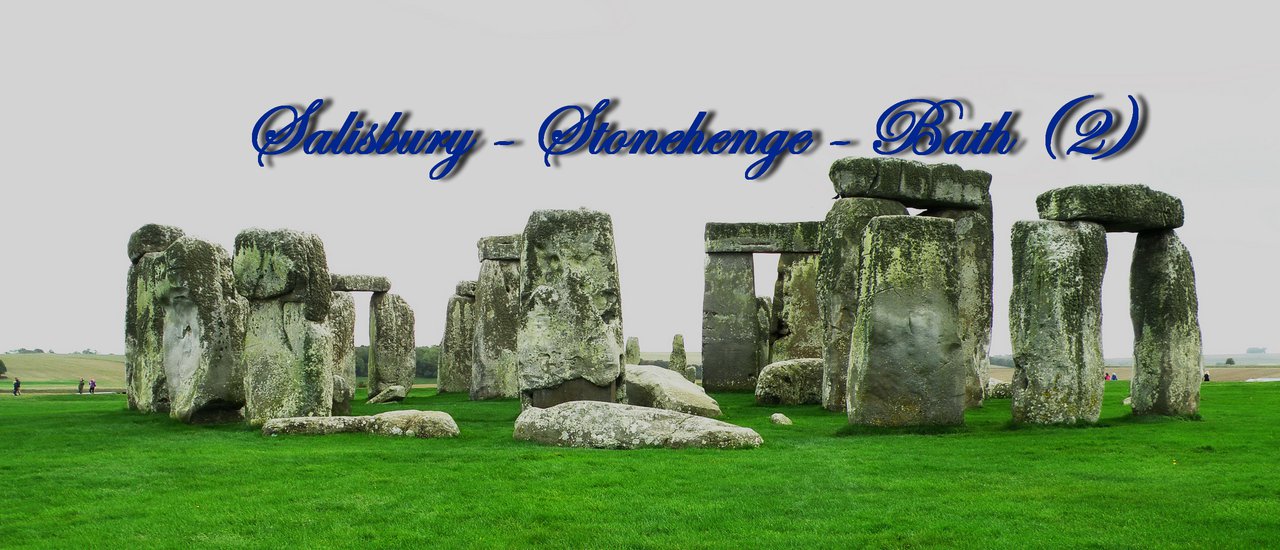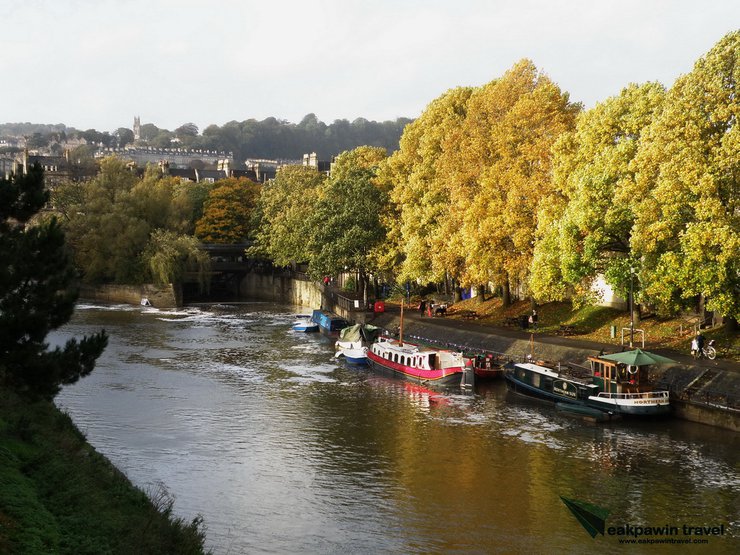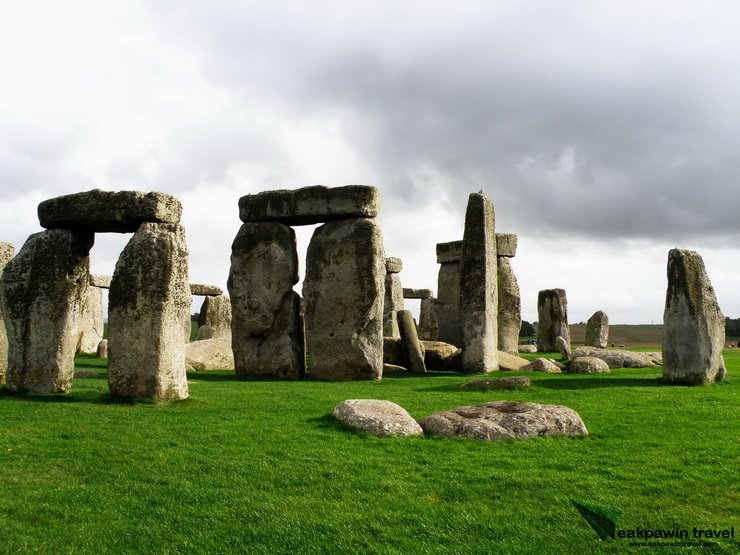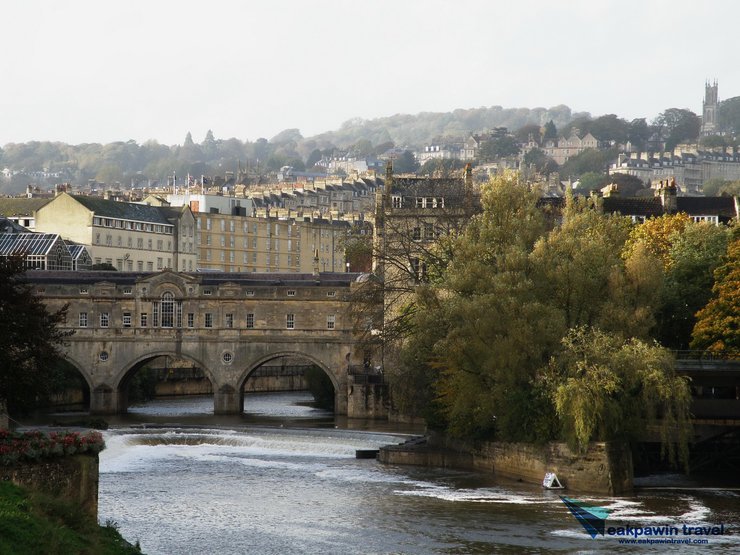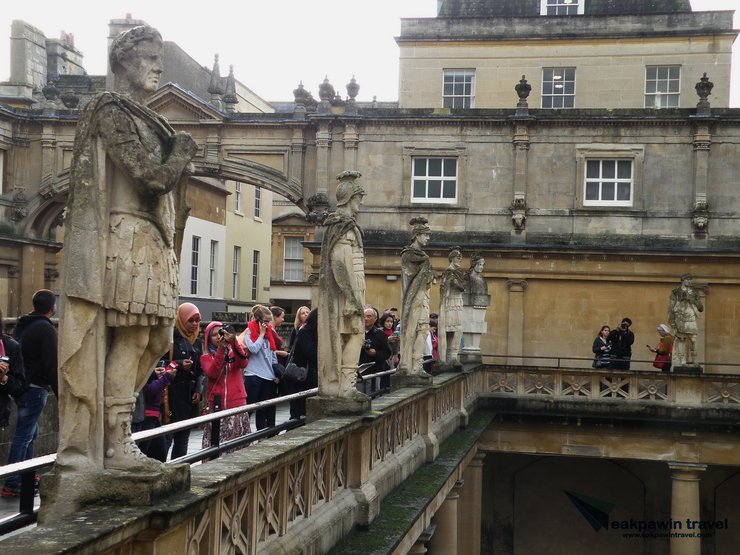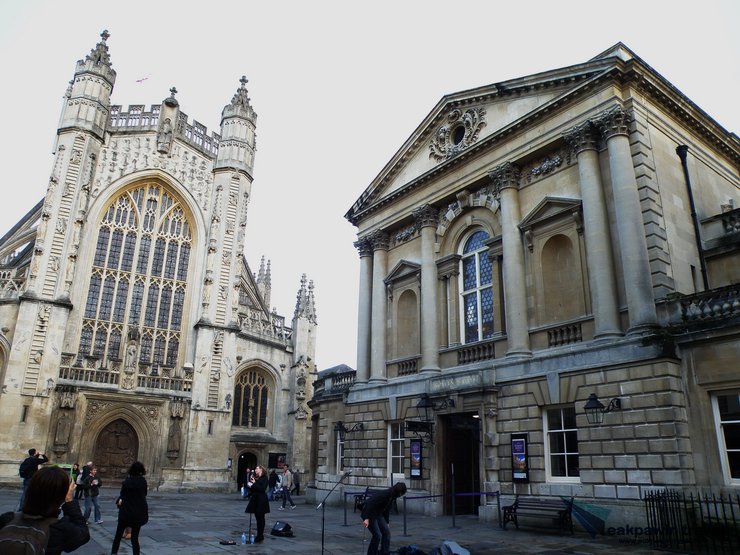
Stonehenge, meaning "hanging stones," is a colossal collection of massive stones, each weighing approximately 26 tons, arranged in concentric circles. Some stones stand upright, lie flat on the ground, or rest on top of the standing stones. Dating back over 5,000 years, Stonehenge remains an enigma regarding its construction and purpose. Theories range from a pre-Christian Roman temple to a ceremonial site for sun worship or an ancient calendar marking the positions of stars.
The construction of the monument has raised questions about how people in that era were able to move and assemble such large stone blocks without the aid of modern machinery. Additionally, there are no large stones in the immediate vicinity, leading to the assumption that the stones were transported from a location 40 kilometers away.

The allure of Stonehenge draws visitors, including myself. However, friends who have been there warn that Stonehenge may not be as spectacular as it seems. Its peculiarity lies more in its ancient construction. Rumors have circulated, accompanied by photographic "evidence," that the British government constructed Stonehenge only 60 years ago. In reality, these images were taken during Stonehenge's restoration.
At Stonehenge, the guide provided ample time to explore the surroundings. It's a pity that the sky wasn't clear today, but at least I got to see Stonehenge, which I had only seen in pictures before.

From Stonehenge to Bath: A Journey Through History and Architecture
Leaving the enigmatic Stonehenge behind, we journey to the historic city of Bath, a UNESCO World Heritage Site since 1987. Nestled in the valley of the River Avon, Bath boasts natural hot springs that have drawn people for centuries.
The Romans established a settlement here, constructing the famed Roman Baths as a spa complex utilizing the thermal waters. Abandoned for centuries, the Baths were later restored and transformed into a leisure destination, particularly during the Georgian Era (1714-1830) under the reign of Kings George I to IV.
Bath's popularity as a spa town soared, leading to the city's expansion and the construction of numerous iconic Georgian architectural landmarks. These elegant buildings, characterized by their Palladian style and harmonious proportions, stand as a testament to Bath's rich history and enduring architectural legacy.


We entered the Roman Baths, the most important tourist attraction in Bath. There were maps and audio guides available, allowing us to follow the marked points on the map while listening to the narration. Passing through the entrance, we reached the upper terrace, adorned with stucco sculptures at various corners. Looking down, we saw the Great Bath, the main bathing pool of the complex.

On the same level as the main pool, in addition to viewing the pool at close range, there is also a museum section displaying the history of the Roman baths, skeletons, and excavated artifacts such as statues and various precious stones. One of the hot springs in the bathhouse area is a sacred spring used to worship the goddess of water. No one will bathe in the sacred hot spring, but the water from the spring will be used in the city of Bath.
The Roman bathhouse offers mineral water for tourists to taste. The taste is certainly unfamiliar, and no one drinks the whole glass. Just a sip is enough to get a taste. However, if you want to buy mineral water to take home, there are bottles for sale, along with other souvenirs at the souvenir corner inside the bathhouse.
Exiting the bathhouse, we find ourselves beside Bath Abbey. While on the bathhouse balcony, we could already admire the abbey's beautiful spires.


The Bath Abbey you see here is the last Gothic church in England, built on the ruins of an old cathedral. It is said that the interior has a fan-vaulted ceiling, a beautiful example of Gothic architecture. The walls are adorned with stained glass and it also serves as a mausoleum. I did not go inside, but only admired the architecture of the abbey from the outside, as it was nearing the time of my appointment with the tour group.
However, upon arrival at the designated meeting point, the tour guide informed us that the vehicle had broken down and would require approximately one hour of repairs before it could pick up the tour group. This unexpected delay afforded me the opportunity to continue exploring the city of Bath.


I walked along the River Avon to the Pulteney Bridge, an old and beautiful bridge with a roof covering its entire length. The interior is divided into rooms that are open as shops. The riverside walkway is a shady public garden, with green grass covering the ground all the way. Some of the trees are starting to change color. Walking in the peaceful and beautiful garden by the river in the city of Bath helped me to relax. I actually felt good that the car broke down, as it allowed me to spend more time in Bath than I had planned.
The tour group arrived back in London after dark. The bus dropped off the tourists at two or three major underground stations. When my friend and I got off the bus, it officially marked the end of our day trip outside of London to Salisbury, Stonehenge, and Bath.
eakpawintravel
Friday, September 27, 2024 10:41 AM

